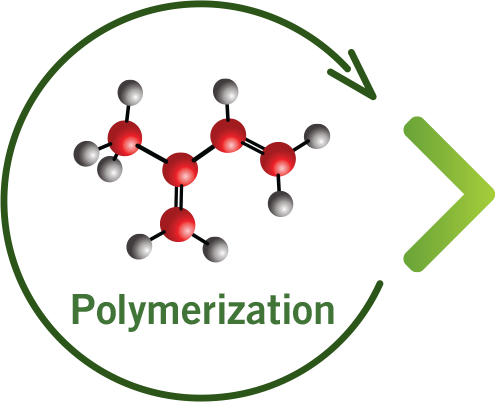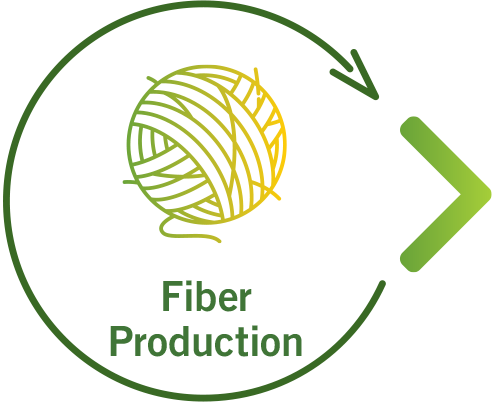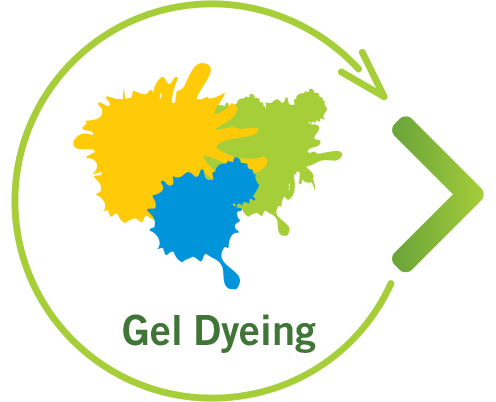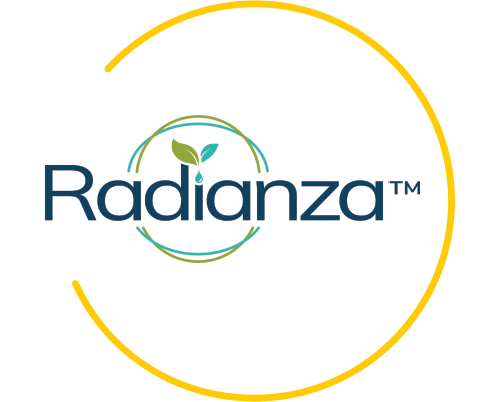At TAF, raw materials are non-renewable and its cost is a major factor in our value creation. Accordingly we emphasise efficient use of raw materials, recycle and reuse of process waste. The waste from the use of other materials and packaging material is also a major waste management concern. We continuously explore the use of alternative renewable packaging material and recycle and use of all kinds of waste that is produced. We minimise the generation of hazardous and toxic waste store and dispose of such waste scientifically while conforming to regulations and industrial good practices.
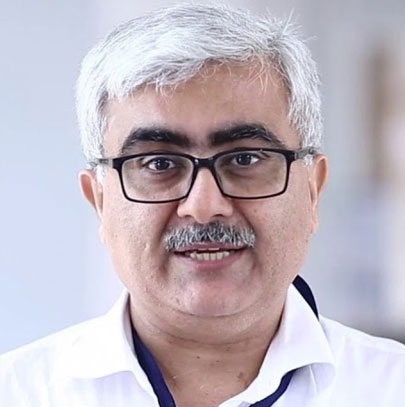
Energy has been the second highest cost component after raw materials for textiles. It is also mandatory as per local regulations to conserve energy continuously and mitigate the environmental footprint. Our energy and carbon policy drives us to explore and implement energy efficiency measures, low carbon solutions and renewable energy in operation
Production of acrylic fibre is water intensive and thus we are saving water and reducing effluents an important mission. Our efforts are in line with our Water Stewardship Policy which drives us to maintain positive legal compliance, efficient use of water by reduce-reuse-recycle, minimise and mitigate impacts on water sources and receiving bodies, continually improve water footprint management, engage with internal and external stake holders, actively communicate and disclose, monitor measures and report water usage and effluent discharge.
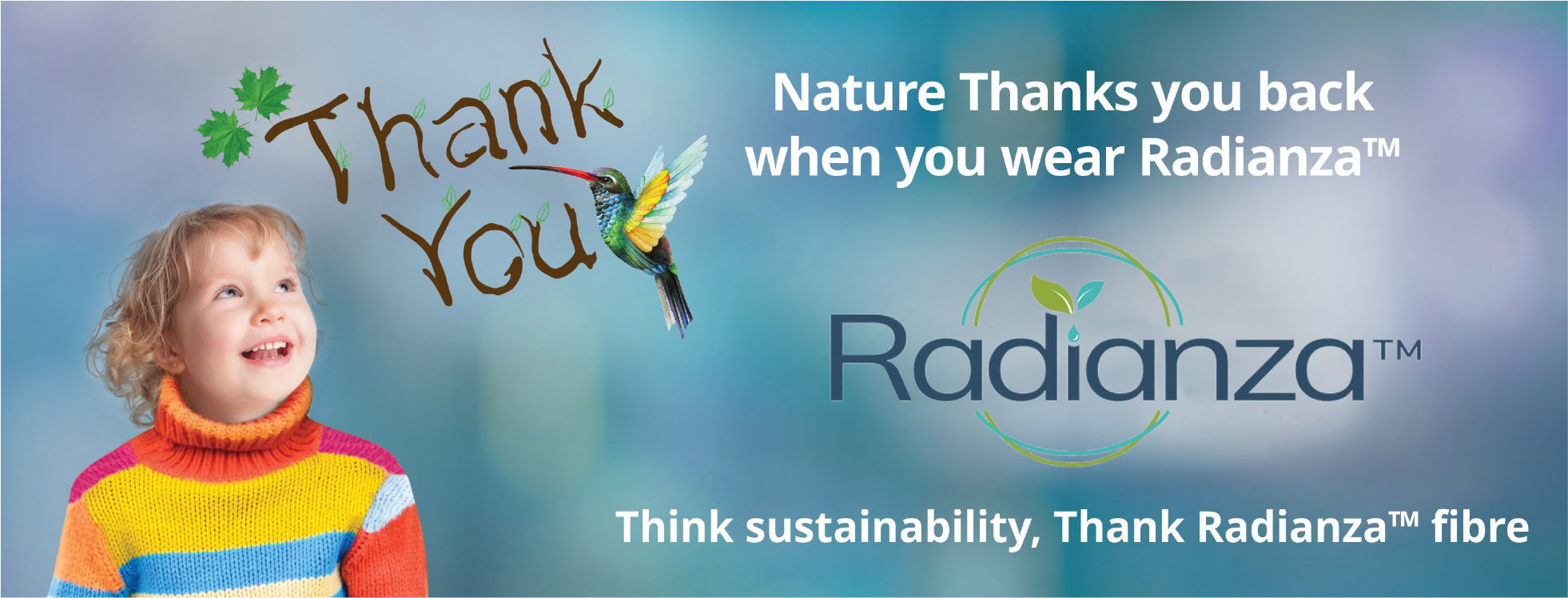
RadianzaTM fibre is prepared by gel dyeing technology which requires minimum water and chemicals to develop dyedfibres. A fibre made from yarns with 100 per cent RadianzaTM fibres would require only 20 per cent of water/energy as compared to conventional dyeing. Moreover, due to need of dyeing at yarn or fabric stage, there is no discharge of dye stuff unlike in conventional dyeing where dye-stuff losses lead to polluted effluent.
